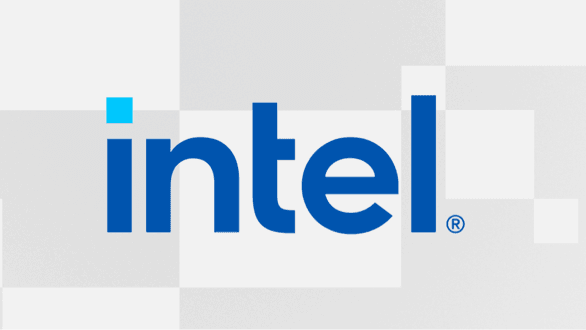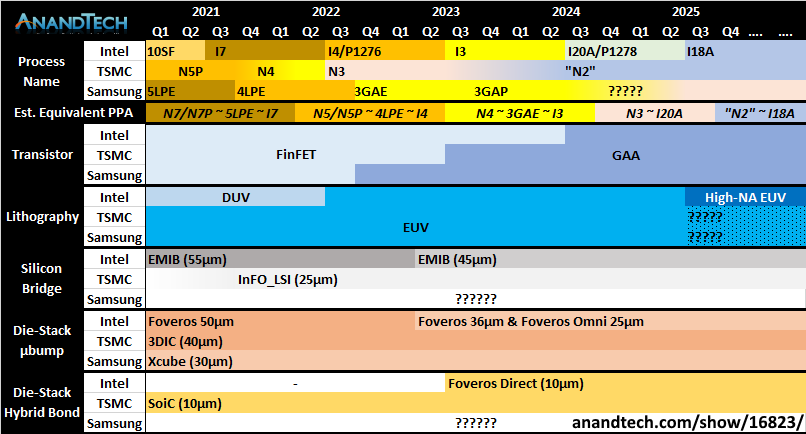That's not how yields are calculated.
You've taken the area of a 300 mm wafer (about 70,000 mm²) and divided it by the die size:
But a yield calculator will take into account the shape, scribe lines, defect rate and so on:

caly-technologies.com
Which yields totally different figures:
which is about 12% of TSMC's annual output.
Now what we don't know is
- the actual defect density. I put down 0.09 per cm².
- In Microsoft's case, what the split of Xbox Series X and Xbox Series S is.
- What the truth is about Sony's PS5 chip having bad yields (or more precise binning as they are unable to hit the speed they want - the PS5's clocks were meant to have been pushed higher sometime before launch).
But 12% is not bad figure. I rather suspect it is more than that mainly due to PS5 yields which I think cannot offset the Xbox Series S being smaller.
Certainly AMD have been very supply constrained: high Zen3 prices, Zen3 APUs still not launched for retail, no ThreadRipper, RDNA2 cards even less available than Nvidia's despite this gen mining a lot worse, etc.
a









